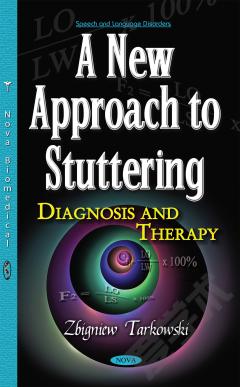Spontaneous Subarachnoid Haemorrhage: Well-Known and New Approaches
Hippocrates of Cos was one of the first who described spontaneous subarachnoid haemorrhage without special knowledge about neuro-anatomy or neuro-physiology. This haemorrhage represented a life ending event of fate for him. Inventions like computed tomography or angiography gave better insight into the patterns of this life threatening disease. Progress in management was developed by new cranial approaches, new generations of clips and better intensive care modalities. The latter could be represented by the increasing use of nimodipine or the integration of the early sealing mode of an intracranial aneurysm after rupture within 72 hours. Endovascular therapies revolutionised aneurysm management, strengthening the interdisciplinary team-work of neuroradiologists, anesthesists and neurosurgeons. These changes in the past lead to a significant reduction in mortality, producing more survivors who suffer different stages of morbidity. Morbidity in this context is represented by physical handicaps and dependencies, but also mental, emotional and cognitive impairments. However, there are still some challenges to manage, like the cerebral vasospasm or delayed cerebral ischemia including spreading depolarisations, (prolonged) hydrocephalus, and cognitive long-term morbidity that may complicate a smooth and easy reintegration into daily life. Nevertheless, dealing with this long history and the aforementioned challenges, there is still the opinion that there is stagnation in the progress within this field of study. Scientists lack new ideas for surgical procedures or clips, endovascular devices do not always represent safe options, and medication providing protection for vasospasms still remains unknown. This book provides basic knowledge concerning this interesting disease pattern and introduces more intensive work in the field. It is written by a team of individuals from multiple disciplines that represent different parts of therapy management. The literature used is recent and promotes intensive private or independent study. The intended audiences for this book include students, residents, registrars, assistant physicians, and all physicians from neighbouring disciplines.
{{comment.content}}








 京公网安备 11010802027623号
京公网安备 11010802027623号